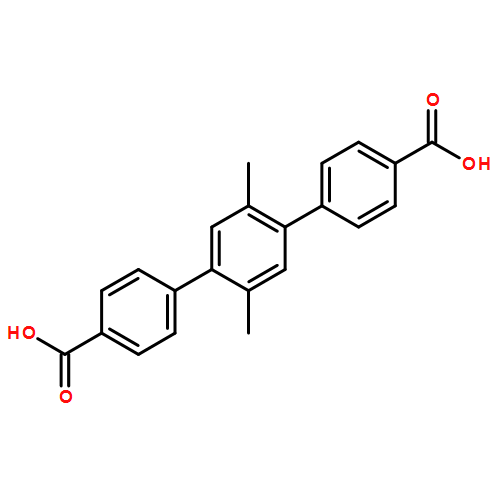Co-reporter: Fangna Dai, Weidong Fan, Jiahui Bi, Qian Zhang, XiRui Zhang, Tuo Liang, Xingyi Wang, Bin Dong and Jing Gao
pp: 6867-6873
Publication Date(Web):30 May 2016
DOI: 10.1039/C5NJ03632A
Three rigid, linear ligands, namely 2′,5′-dimethyl-[1,1′:4′,1′′-terphenyl]-4,4′′-dicarboxylic acid (H2L1), triphenyl-6,6′-dicarboxylic acid (H2L2), and 2,2′-bipyridine-5,5′-dicarboxylic acid (H2L3), were used for constructing metal–organic frameworks (MOFs) with Pb(II). With a similar nature of solvent conditions (DMF/EtOH, with different volumes' rates), four structurally diverse MOFs, namely, [Pb(L1)(DMF)] 1, [Pb(L1)(DMF)] 2, [Pb(L2)] 3, and [Pb3(L3)2(Cl−)2] 4, were synthesized and characterized by single-crystal X-ray diffraction, thermogravimetric analysis, elemental analysis, and powder X-ray diffraction measurements. As the numbers of the central benzene ring contained in the ligands changed from three to two, the length of the ligands varied from 15.64 Å to 10.89 Å, and steric functional groups endowed the three ligands with more variations, such as a 1D zigzag chain of 1, a 2D wave-like layer of 2, a 3D Pb–O–C-based layer of 3, and a 3D Pb–O–Cl-based chain of 4. Solid-state photoluminescence studies were carried out for all the complexes at room temperature.
